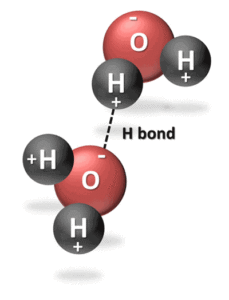Hydrogen

Hydrogen is a versatile energy carrier, which can help to tackle various critical energy challenges. Hydrogen can be produced from almost all energy resources, though today’s use of hydrogen in oil refining and chemical production is mostly covered by hydrogen from fossil fuels, with significant associated CO2 emissions.
Clean hydrogen, being produced from renewables, nuclear or fossil fuels with CCUS, can help to decarbonise a range of sectors, including long-haul transport, chemicals, iron and steel, where it is proven difficult to reduce emissions. Hydrogen can also help to improve air quality in cities and improve energy security. Hydrogen can also support the integration of variable renewables in the electricity system, being one of the very few options for storing electricity over days, weeks or months.
Today, hydrogen is mainly used in the refining and chemical sectors and produced from fossils, accounting for 6% of global natural gas use and 2% of coal consumption and being responsible for 830 MtCO2 of annual CO2 emissions. Scale-up will be critical to bring down the costs of technologies for producing and using clean hydrogen, such as electrolysers, fuel cells and hydrogen production with CCUS.
Hydrogen is an increasingly important piece of the net zero emissions by 2050 puzzle
The key pillars of decarbonising the global energy system are energy efficiency, behavioural change, electrification, renewables, hydrogen and hydrogen‐based fuels, and CCUS. The importance of hydrogen in the Net zero Emissions Scenario is reflected in its increasing share in cumulative emission reductions. Strong hydrogen demand growth and the adoption of cleaner technologies for its production thus enable hydrogen and hydrogen based fuels to avoid up to 60 Gt CO2 emissions in 2021-2050 in the Net zero Emissions Scenario, representing 6% of total cumulative emissions reductions.
Demand for hydrogen continues to rise, almost entirely supplied from fossil fuels
Hydrogen technologies proved remarkably resilient during the Covid-19 pandemic, with their momentum remaining strong in 2020. It was a record year in policy action and low-carbon hydrogen production, with ten governments around the world adopting hydrogen strategies. Close to 70 MW of electrolysis capacity was installed, doubling the previous year’s record, and two facilities producing hydrogen from fossil fuels with CCUS became operational, expanding production capacity by about 15%. However, this progress falls well short of what is needed in the Net Zero Emissions by 2050 Scenario. Moreover, low-carbon hydrogen demand for new applications remains low, limited to road transport only. Therefore, more efforts are needed in demand creation and in reducing emissions associated with hydrogen production. Source IEA.
Hydrogen Companies
List Here
Organizations/Resources
List Here